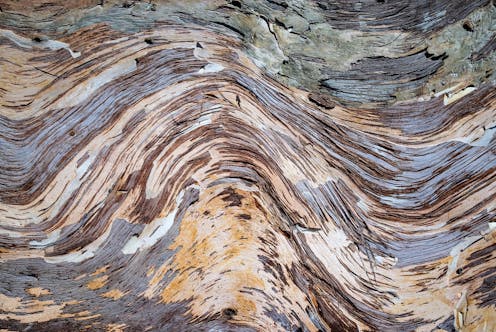Indigenous crime fiction is rare, but in Madukka the River Serpent systemic violence and connection to Country are explored
- Written by The Conversation

There is something familiar about Aunty June, the protagonist of Julie Janson’s Madukka the River Serpent.
Like Precious Ramotswe in Alexander McCall Smith’s No.1 Ladies’ Detective Agency, she opens her own investigation agency. Like Agatha Christie’s Miss Marple, Aunty June is underestimated by powerful men. Like Vera Stanhope from the Ann Cleaves novels and BBC series, she doesn’t give up until the truth comes out.
But any resemblances between Madukka the River Serpent and the works of these British authors ends there. In this self-described “Indigenous crime novel”, Darug playwright, poet and novelist Julie Janson draws attention to the genre’s limitations to provide justice for the systemic violence experienced by Indigenous peoples.
Review: Madukka the River Serpent – Julie Janson (UWAP).
The novel is set in 2020 in the fictitious northern New South Wales town of Wilga, on the Darling River. Like in much “outback” noir, Wilga is no idyllic country town, but the divisions and tensions within the town are more obvious than we see in many such novels. There are constant scrapes between farmers, the police, environmentalists, white supremacists, First Nations peoples and motorcycle gang members.







